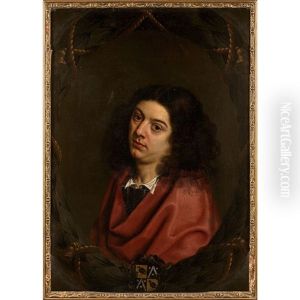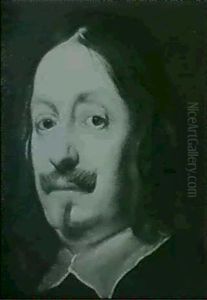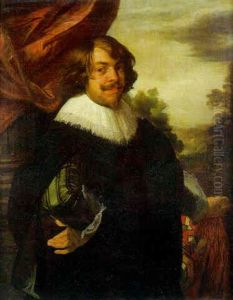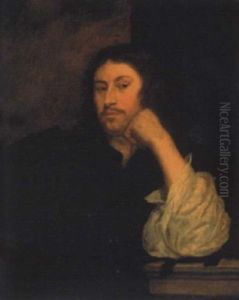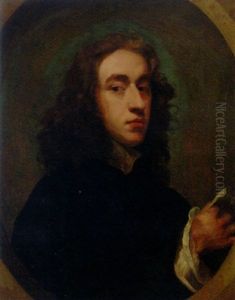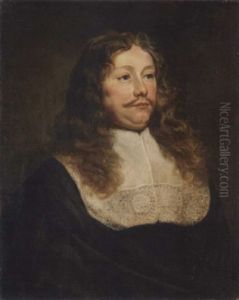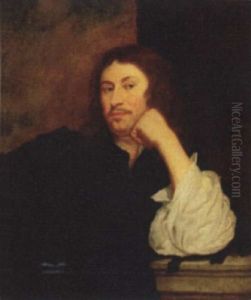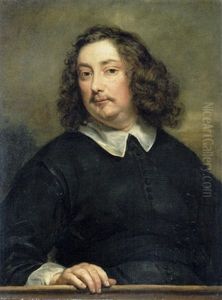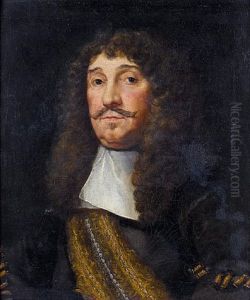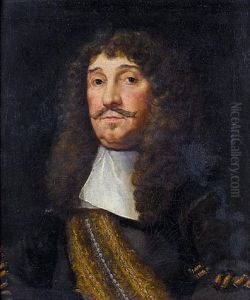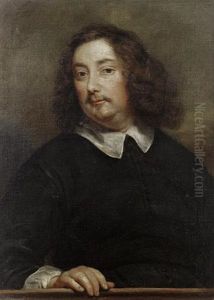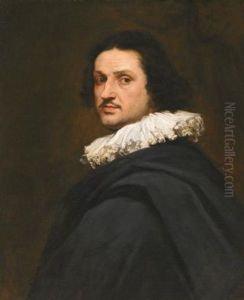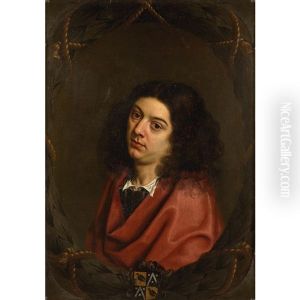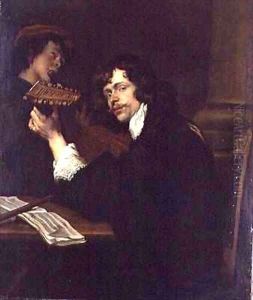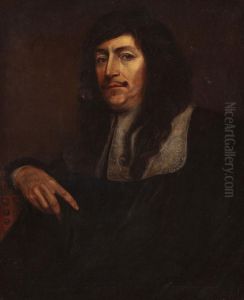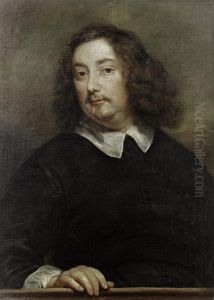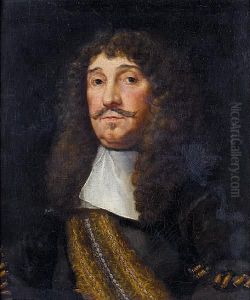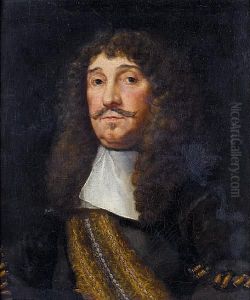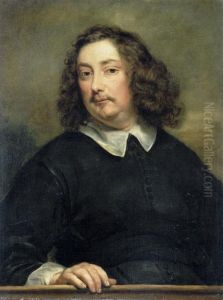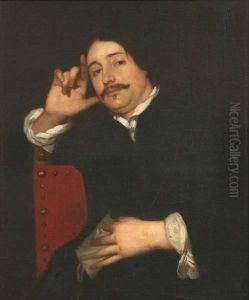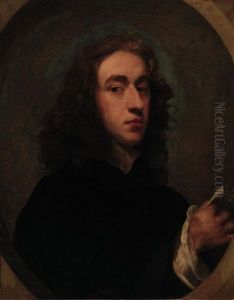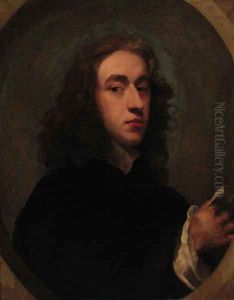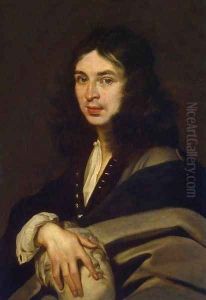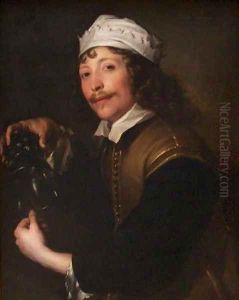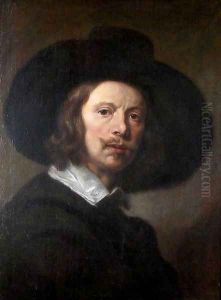Peeter Franchoys Paintings
Peeter Franchoys was a notable Flemish painter born in Mechelen, Southern Netherlands (now Belgium), in 1606. He emerged as a significant figure in the Baroque movement, which was prominent in European art from the early 17th century through the mid-18th century. Franchoys was known for his mastery in portrait painting, a genre that flourished during the Baroque period, characterized by its emphasis on realism, rich details, and the play of light and shadow, known as chiaroscuro.
Franchoys was part of a family deeply entrenched in the arts. His brother, Lucas Franchoys the Younger, was also a distinguished painter, suggesting an environment rich in artistic influence and collaboration. Despite the familial connections, Peeter developed a unique style that made his work sought after by the elite and the religious sectors of his time.
His career began in his hometown, but his talent soon demanded a broader stage. Historical records indicate that Franchoys may have traveled to Italy, a common practice among artists of his era seeking inspiration and the opportunity to study the Renaissance masters. This exposure is evident in his work, which combines the Flemish attention to detail with the Italianate sense of drama and emotion.
Franchoys' contributions to Flemish art are significant, yet, like many artists of his time, his name is not as widely recognized today outside of academic circles. His paintings, however, continue to be studied for their technical proficiency and emotional depth. Notably, his portraits are celebrated for their intimacy and psychological complexity, offering a window into the soul of his subjects that transcends the boundaries of time.
The artist's life was relatively short; he died in 1654 in Mechelen. Despite his early death, Franchoys left behind a body of work that remains influential in the study of Baroque art. His legacy is preserved in various European art museums, where his paintings continue to be admired for their beauty and historical value.
